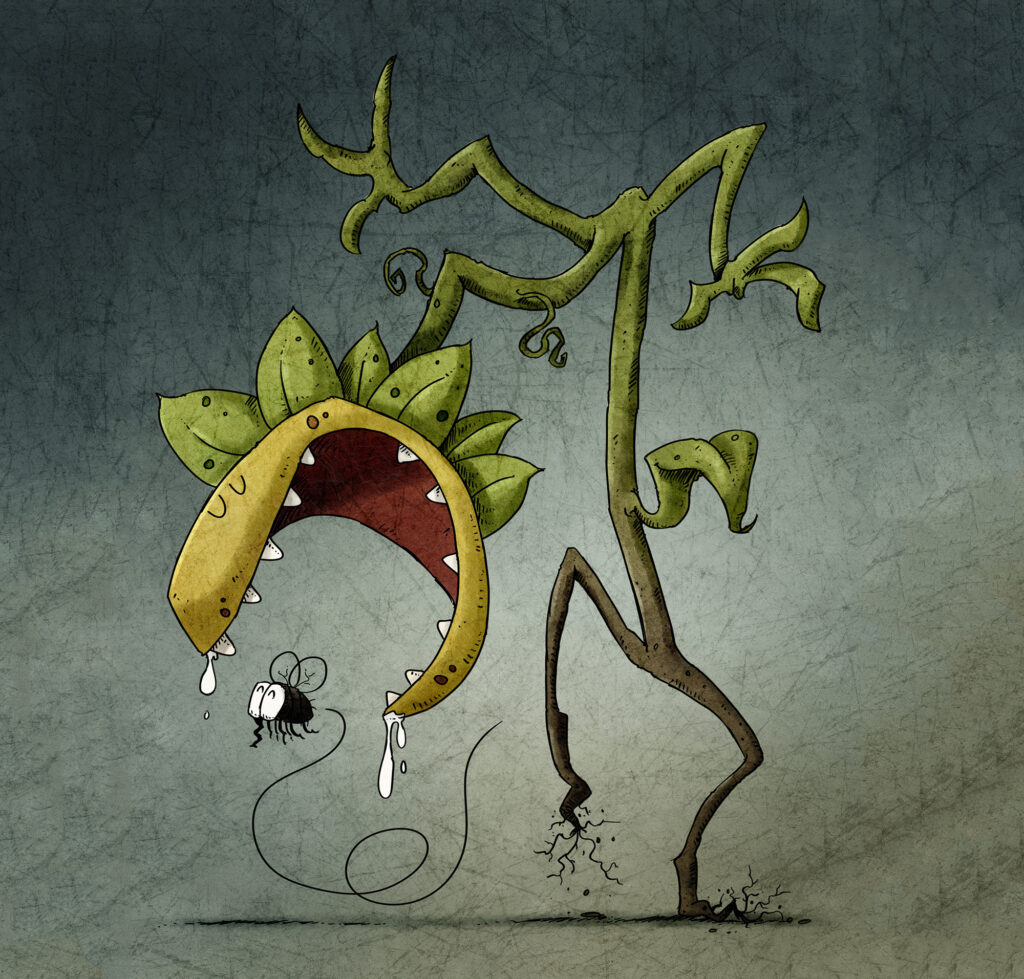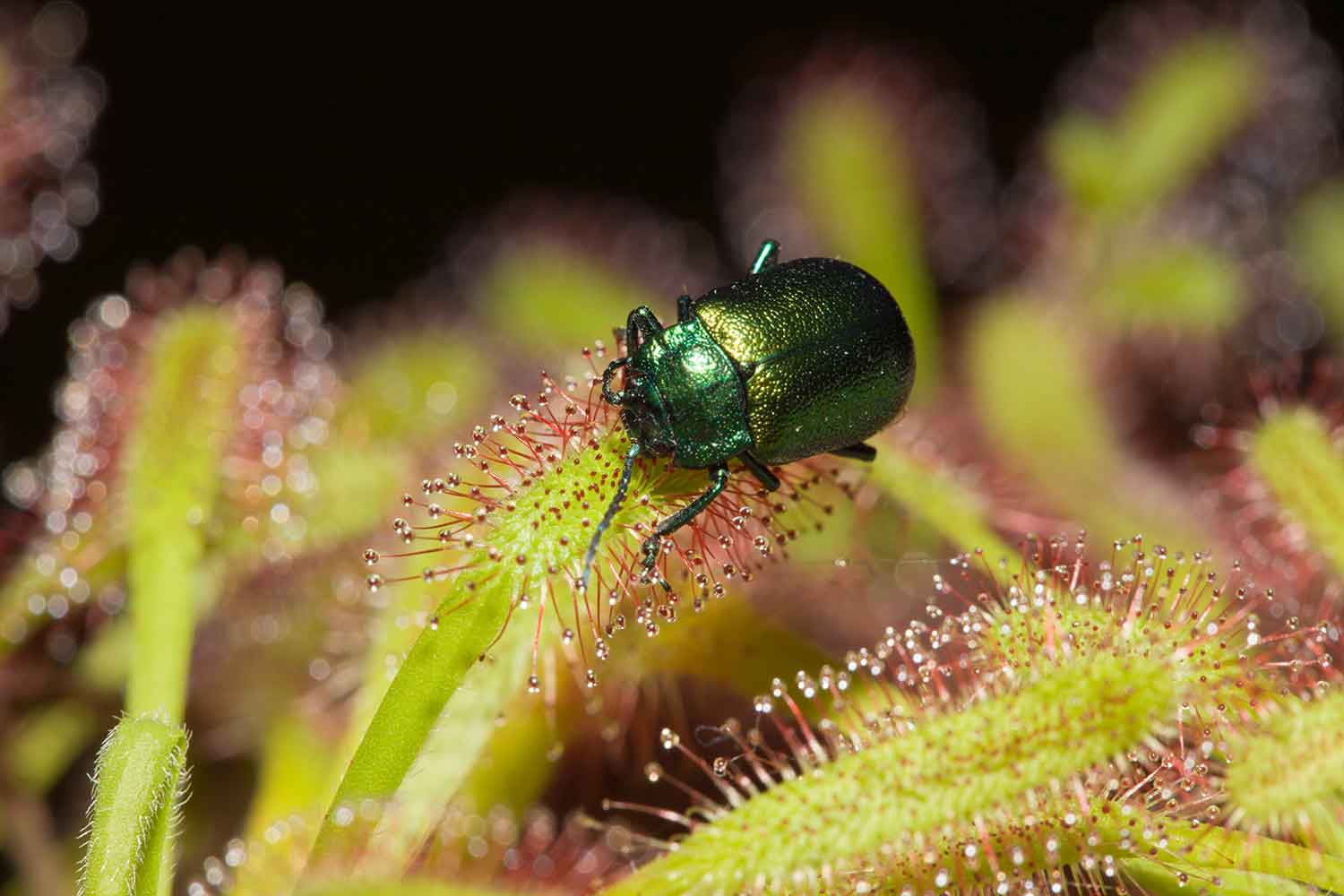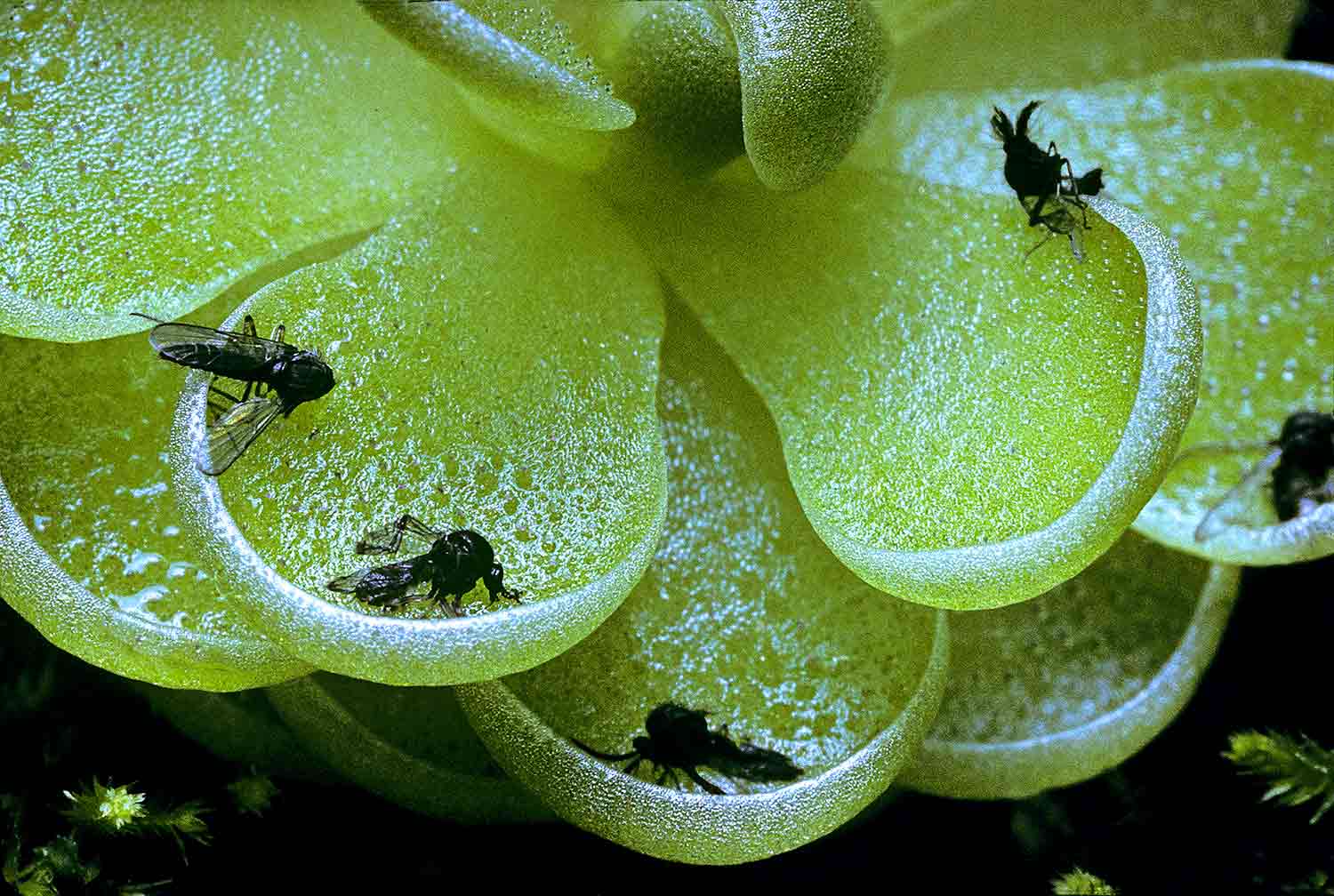Found: A Predatory Plant
Scientists have discovered a type of meat-eating plant that lives underground.
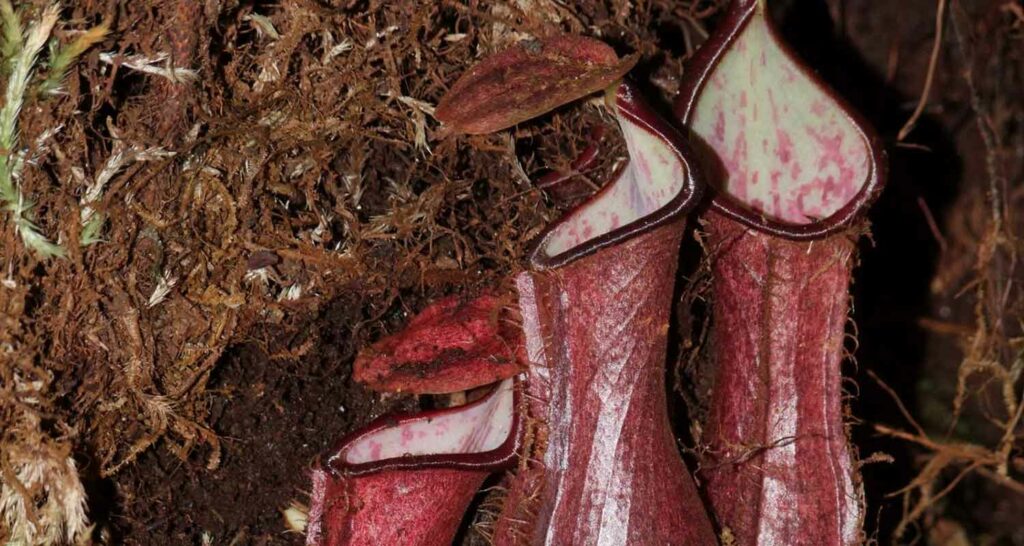
You can never be sure exactly what’s going on under the surface. Scientists on the island of Borneo discovered this when they found a previously unknown species of pitcher plant, a type of plant that’s carnivorous (meat-eating). This newly discovered species, which is called Nepenthes pudica, captures its prey underground.
Pitcher plants have “pitchers” that are open at the top and contain sweet fluid. The fluid attracts insects and other small prey—even rodents, in some cases. These animals climb into the pitcher to get a drink but can’t climb back up its smooth, slippery surface. Instead, they fall into the fluid, where they’re digested by the plant. Most such plants grow their pitchers above ground, but Nepenthes pudica is different because its pitchers are underground.
The scientists discovered Nepenthes pudica by accident. They noticed leaves that they recognized as belonging to a pitcher plant but didn’t see any pitchers—at first. Then they spotted what looked like a damaged pitcher sticking out of the soil. When one of the scientists moved away surrounding moss, he exposed the pitchers and realized they had been growing under the moss.
Nepenthes pudica is the first known underground pitcher plant. There are more than 700 known carnivorous plants. A few of them catch their prey underground. But those other underground meat eaters aren’t pitcher plants. Their traps are small, so their prey is tiny or even microscopic.
Nepenthes pudica’s pitchers, which are up to 4.3 inches (10.9 centimeters) long, trap larger bugs that live underground, including ants, beetles, and mites. Peering into one of the pitchers, scientists found mosquito larvae, nematodes, and a previously unknown worm species.
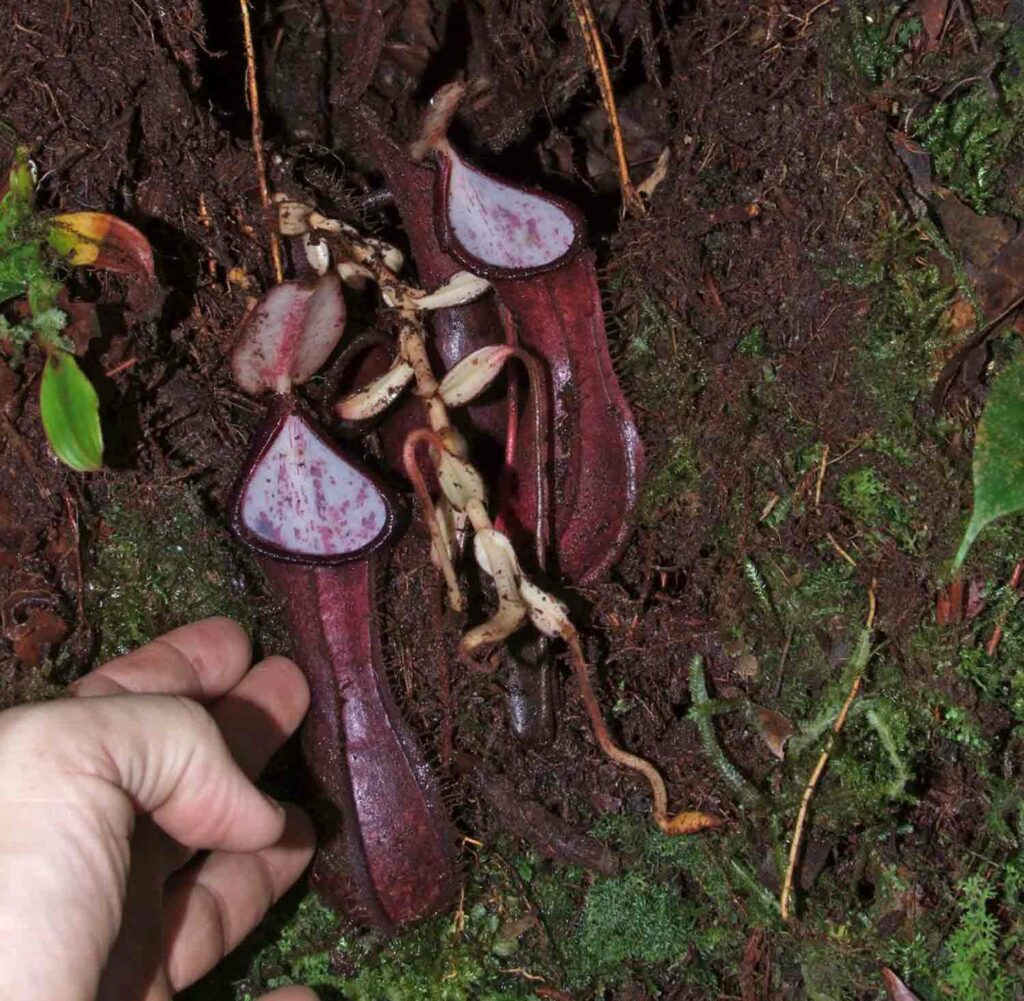
Wewin Tjiasmanto, a scientist who helped discover Nepenthes pudica, said the finding highlights the need to protect biodiversity on Borneo. The island is being threatened as forests are destroyed to make way for palm oil plantations.
“We hope that the discovery of this unique carnivorous plant might help protect Bornean rainforests,” Tjiasmanto told CNN.
